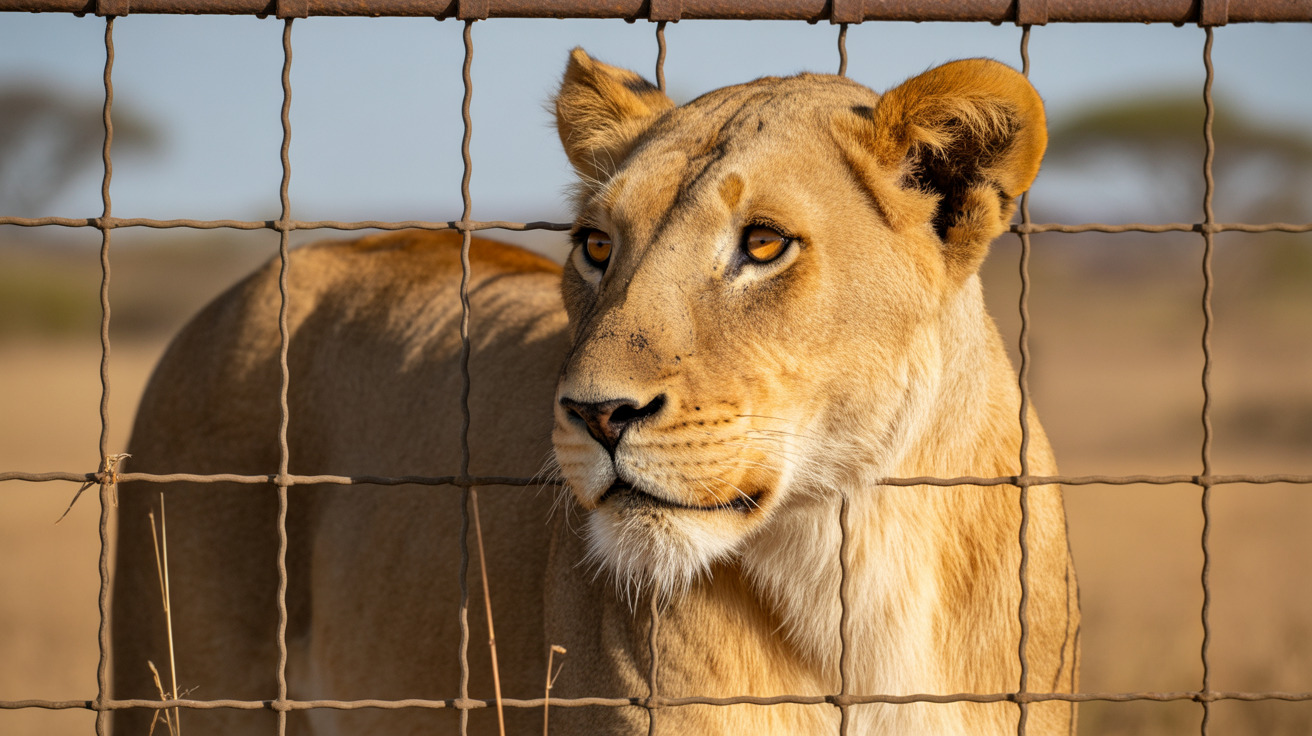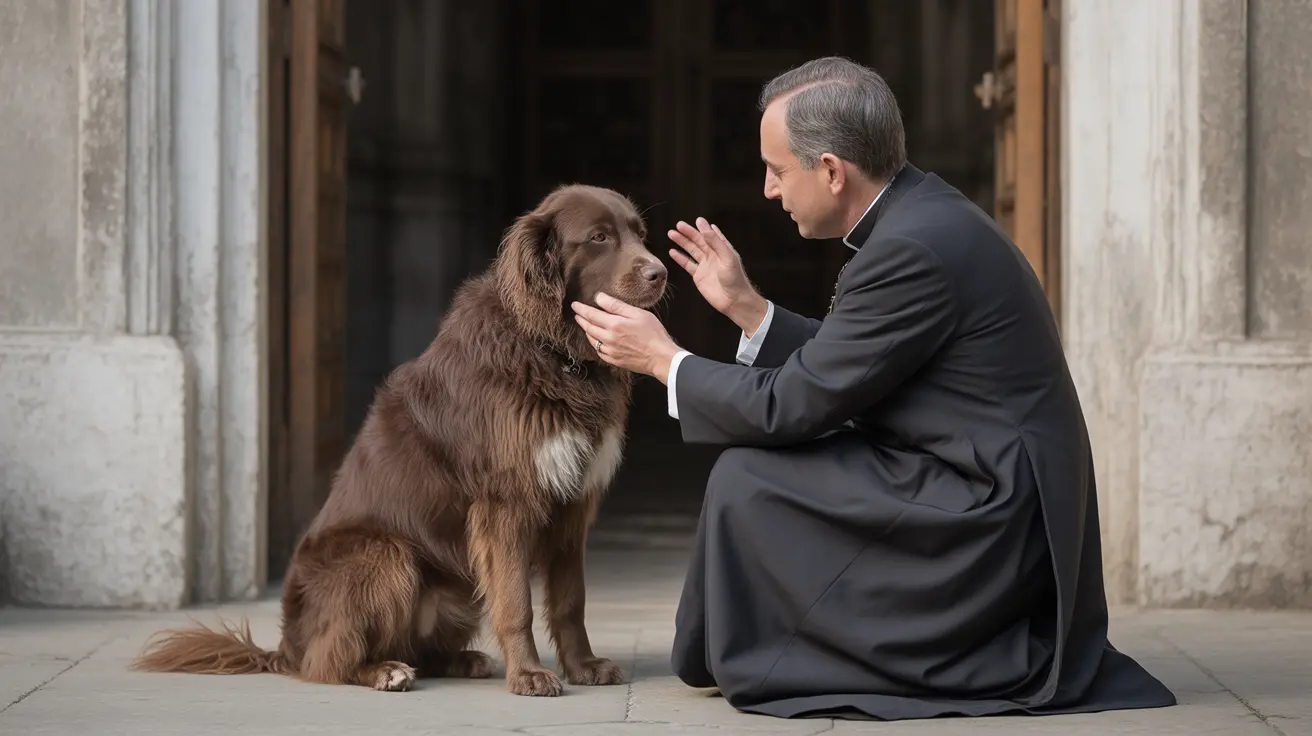Introduction
The Aussiedoodle, a charming hybrid breed resulting from crossing an Australian Shepherd with a Poodle, has captured the hearts of dog lovers worldwide. This comprehensive guide explores everything you need to know about this intelligent, affectionate, and versatile companion, from their distinctive characteristics to essential care requirements.
As a designer breed that combines the herding instincts of the Australian Shepherd with the intelligence of the Poodle, Aussiedoodles offer a unique blend of traits that make them exceptional family pets. Their rising popularity since the 1990s stems from their adaptable nature, trainability, and often low-shedding coat, making them suitable for various household situations.
Physical Characteristics
Size and Weight Variations
Aussiedoodles come in different sizes, primarily determined by the Poodle parent's size. Standard Aussiedoodles can weigh up to 70 pounds, making them a good match for families with active lifestyles and ample space. In contrast, Miniature Aussiedoodles typically stay under 30 pounds, making them more suitable for smaller homes or apartments. This size flexibility allows prospective owners to choose a dog that best fits their living environment and lifestyle preferences.
Coat Types and Colors
The Aussiedoodle coat can range from tightly curled to wavy, a trait influenced by the type of Poodle parent. Their stunning appearance is complemented by a variety of colors including black, white, chocolate, blue merle, and red merle. These vibrant coat colors often come with unique markings, creating truly individual looks for each dog. The coat's texture and thickness also affect grooming needs and shedding levels, with many Aussiedoodles exhibiting the desired low-shedding trait, making them a potential choice for allergy sufferers.
Temperament and Personality
Known for their exceptional intelligence and friendly demeanor, Aussiedoodles possess a winning combination of traits that make them ideal family companions. They are often deeply loyal and affectionate, enjoying time spent with their human families. Their energy level requires consistent outlets for both physical and mental stimulation to prevent unwanted behaviors, such as chewing or excessive barking. Aussiedoodles thrive on interaction and are eager to participate in play and family activities.
Health and Lifespan
While generally healthy, Aussiedoodles may inherit certain conditions from their parent breeds, such as hip dysplasia, progressive retinal atrophy, or allergies. Regular veterinary check-ups and genetic screening can help manage potential health issues. Early detection and proactive health management can greatly contribute to a longer, happier life. With proper care, these dogs typically enjoy a lifespan of 10-15 years, providing many joyful years with their families.
Exercise Requirements
An Aussiedoodle's exercise needs are substantial, requiring 1-2 hours of daily physical activity. This breed enjoys a variety of activities, from brisk walks and jogging to energetic play sessions and dog sports like agility or Frisbee. Providing mental challenges, such as puzzle toys or obedience training exercises, is equally important for their well-being. Without sufficient exercise and engagement, Aussiedoodles may develop boredom-related behaviors or anxiety.
Training and Socialization
Early socialization and consistent training are crucial for developing a well-adjusted Aussiedoodle. Their high intelligence makes them quick learners, and they tend to respond enthusiastically to positive reinforcement methods, such as praise, treats, or play. Regular mental stimulation through obedience training, trick learning, or interactive games will keep their active minds satisfied. Exposing an Aussiedoodle puppy to different people, environments, and other pets helps shape them into confident, adaptable adults.
Grooming Needs
Regular grooming is essential for maintaining an Aussiedoodle's coat health. This includes frequent brushing—at least several times per week—to prevent matting and tangles, especially in curlier coats. Professional grooming every 6-8 weeks keeps their appearance tidy and coat in optimal condition. Regular ear cleaning, nail trimming, and dental hygiene should also be part of their grooming routine. Being proactive with grooming habits from a young age helps Aussiedoodles become comfortable with handling, making the process easier for both owner and pet.
Frequently Asked Questions
- What is an Aussiedoodle?
An Aussiedoodle is a crossbreed between an Australian Shepherd and a Poodle, resulting in a friendly, intelligent, and energetic dog often prized for its unique look and personality.
- Are Aussiedoodles good family dogs?
Yes, Aussiedoodles are affectionate, intelligent, and typically bond well with families and children. Their playful and loyal nature makes them an excellent choice for households with kids and other pets.
- How much exercise does an Aussiedoodle need?
They require 1-2 hours of daily exercise and mental stimulation to stay healthy, happy, and prevent boredom-induced behaviors.
- Are Aussiedoodles hypoallergenic?
Their coat is often low-shedding and may be suitable for allergy sufferers, though no dog is completely hypoallergenic. It is important for allergy-prone individuals to spend time around Aussiedoodles before committing to ownership.
- What are common health issues in Aussiedoodles?
They can inherit health concerns from Australian Shepherds and Poodles, including hip dysplasia, eye conditions, and allergies, though so-called hybrid vigor may reduce the likelihood of some genetic problems.
- How big do Aussiedoodles get?
They typically weigh between 11 and 32 kg (25-70 pounds) and stand 25-38 cm (10-15 inches) tall at the shoulder, depending on the size of the Poodle parent.
- How should you groom an Aussiedoodle?
Regular brushing, at least a few times a week, and occasional trimming or professional grooming are recommended due to their curly or wavy coat, which can be prone to matting if neglected.
- Are Aussiedoodles easy to train?
Yes, they are highly intelligent and respond well to positive, reward-based training methods. Short, frequent training sessions are highly effective for this eager-to-please breed.
- Do Aussiedoodles suffer from separation anxiety?
They can be prone to separation anxiety because they form strong bonds with their families. Aussiedoodles do best with companionship, regular engagement, and mental stimulation, so they are best suited to homes where someone is present most of the day.
- How long do Aussiedoodles live?
Most Aussiedoodles live between 10 and 15 years, provided they receive proper care, regular veterinary attention, and a healthy lifestyle.
Conclusion
The Aussiedoodle represents an excellent choice for families seeking an intelligent, affectionate, and adaptable companion. While they require dedicated time for exercise, training, and grooming, their loving nature and versatile capabilities make them worth the investment for committed dog owners. Whether you live in a spacious house or a cozy apartment, with proper care and attention, an Aussiedoodle can become a cherished member of your family, bringing joy and companionship for many years to come.






